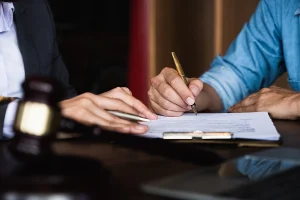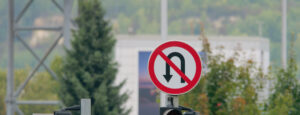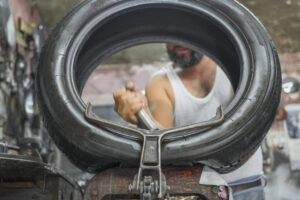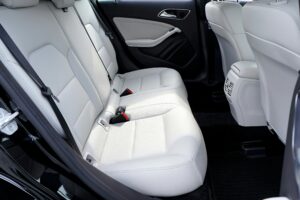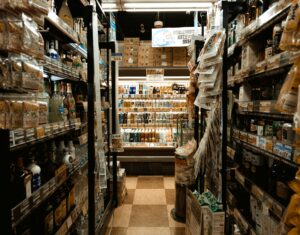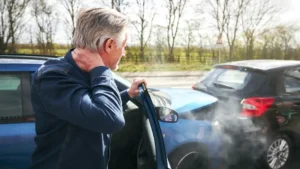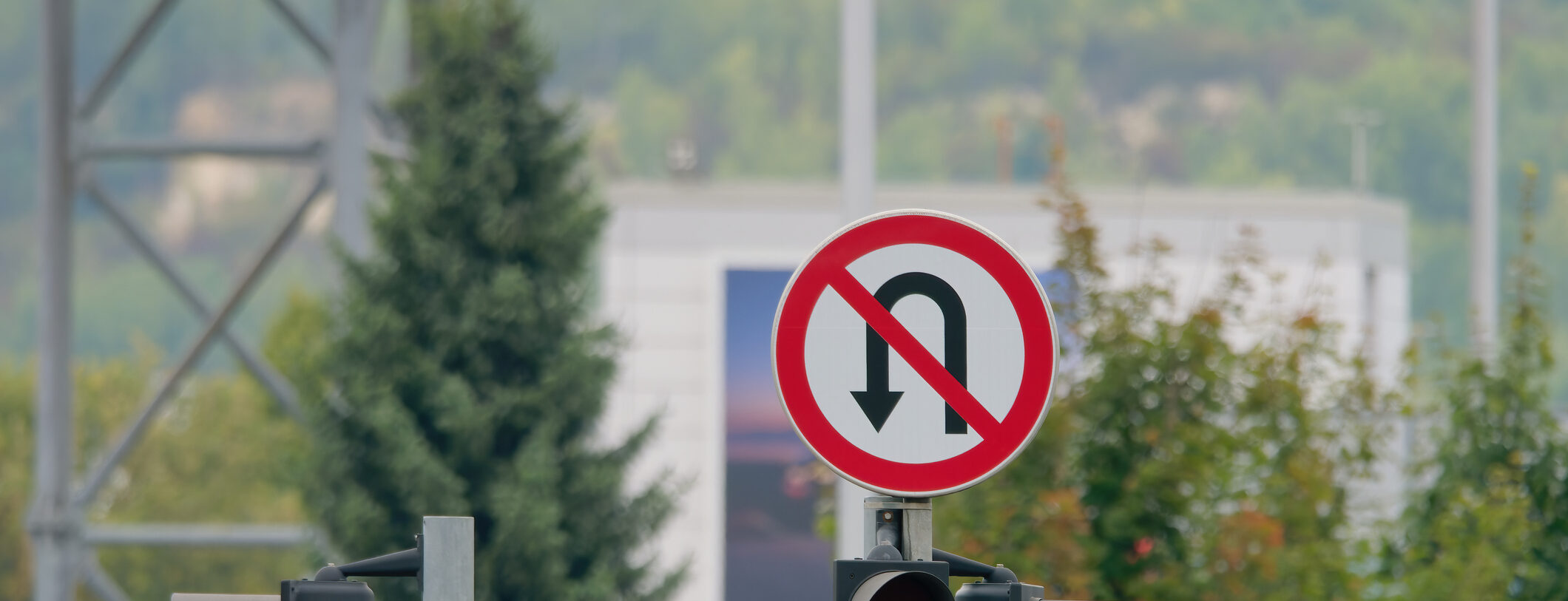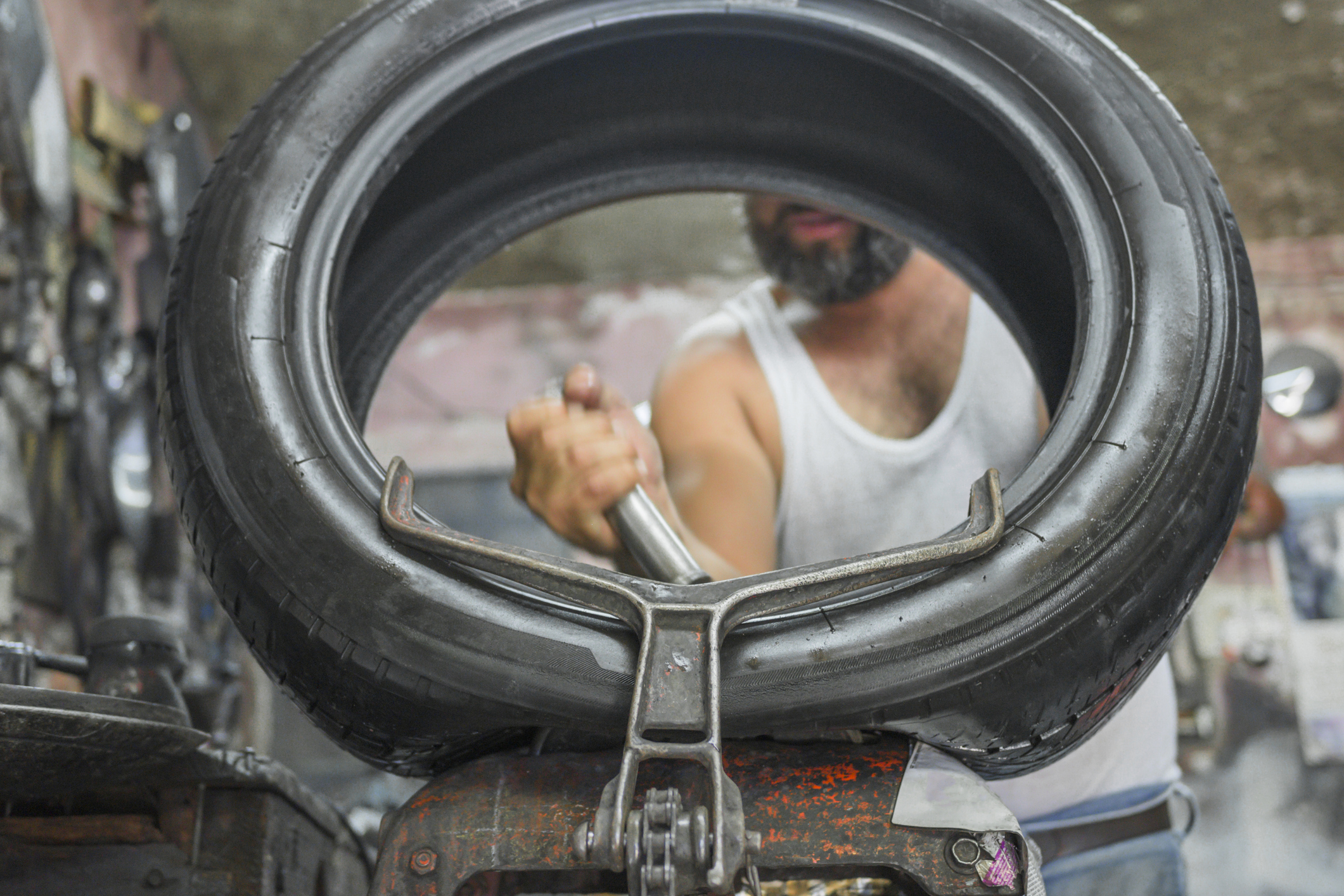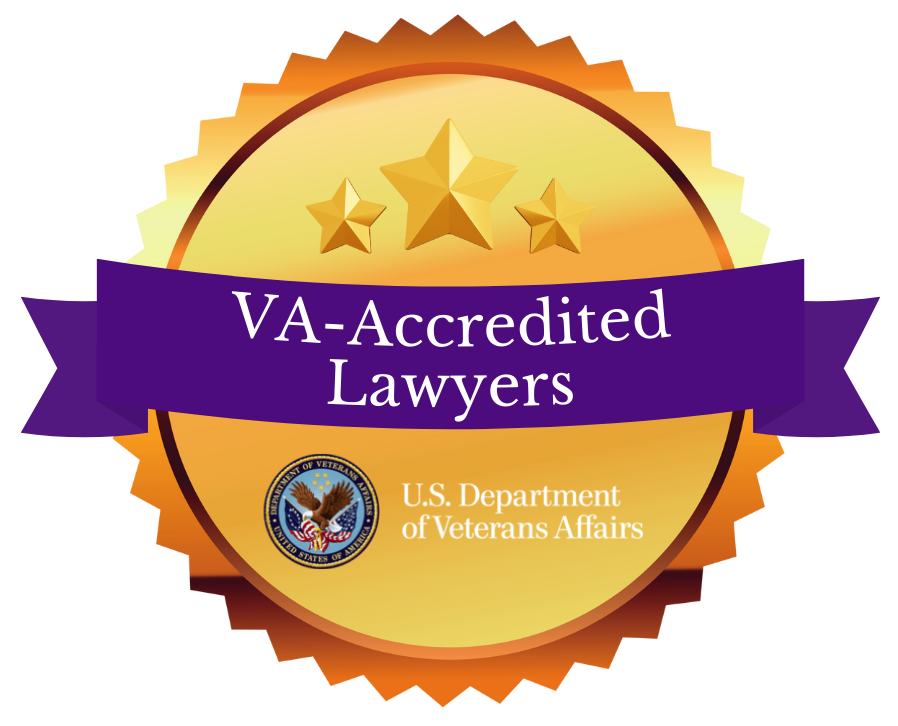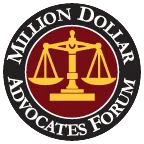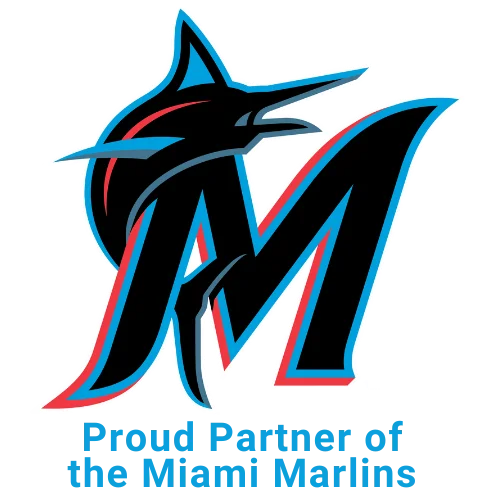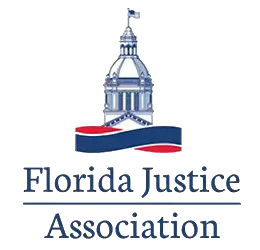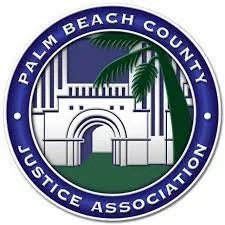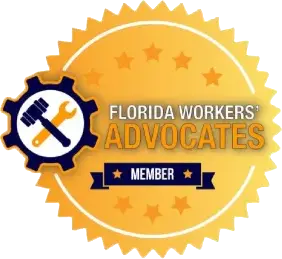Summary:
- Slip and fall accidents are a primary cause of emergency room visits.
- Business owners and property managers have a responsibility to provide safe conditions on the premises.
- Common causes include wet surfaces, uneven flooring, and poor lighting.
- Working with a personal injury lawyer can help you secure the compensation you deserve.
Slipping and falling might be funny in a cartoon, but in real life, they can be serious accidents. Slip and fall accidents often cause injury and lead to over 1 million emergency room visits every year. Some of these are unfortunate accidents, but many of them are caused by easily preventable hazards left carelessly unaddressed.
If you or a loved one has been injured in a slip and fall accident caused by someone else’s negligence, you may be entitled to compensation for the damages you’ve suffered. Speak to a slip-and-fall attorney to learn more.
These ten hazards are common examples of how those accidents can happen.
1. Wet and Slippery Surfaces
Spilled liquids, freshly mopped floors, or even condensation from air conditioners can cause preventable slip and falls. Businesses and property owners have a responsibility to keep people safe, such as cleaning spills or putting up wet floor signs.
If you slipped on a business’s wet floor and suffered serious injuries from your fall, you may be able to file a lawsuit.
2. Uneven Flooring or Loose Floorboards
Property owners are obligated to maintain their premises in safe condition, and that includes fixing uneven surfaces or damaged floorboards. These obstacles can easily snag your foot and send you tumbling down causing a preventable slip and fall.
Failing to address hazards like protruding carpets or uneven tiles makes property owners liable if anyone trips and gets hurt.
3. Cluttered Floors and Obstacles
Boxes stacked in store aisles, cables snaking across busy hallways, and other obstacles are tripping hazards. Businesses and property owners have a responsibility to keep areas where customers walk clean and neat so that walking surfaces can be safely traversed and to prevent slip and falls.
4. Poor Lighting Conditions
Proper lighting is an essential safety feature, especially in stairwells and parking lots. Dimly lit environments make it much more difficult to see hazards like uneven surfaces or spills.
Businesses and property managers must install adequate light sources and stay on top of replacing burnt-out lightbulbs.
5. Weather-Related Hazards
Business owners and property managers can’t control the weather. However, they are obligated to maintain their premises and provide safe walkways to prevent slip and falls. They must regularly clear snow and ice, maintain drainage systems, disperse sand or salt for traction, and otherwise mitigate walking hazards created by inclement weather.
6. Broken Staircases and Railings
Any surface can be hazardous if not maintained properly, and that’s especially true when you add the height of a staircase to the situation. Businesses and property owners are required to make sure staircases and railings are well-maintained and structurally sound.
7. Elevators and Escalators
Business owners and maintenance companies are responsible for keeping elevators and escalators clean, accessible, and operating safely. Any mechanical issues, slippery surfaces, or other safety concerns can cause significant harm. Property owners need to address these problems right away.
8. Potholes and Other Parking Lot Issues
Hitting a pothole while you’re driving is annoying at best and dangerous at worst, and potholes in parking lots can present similar dangers for pedestrians. Other parking lot tripping hazards could include uneven pavement, cracked sidewalks, or poorly marked curbs.
Parking lot owners are responsible for providing proper maintenance and signage.
9. Loose Mats and Rugs
Floor mats and rugs are often supposed to make surfaces safer and more comfortable to walk on, but if inadequately maintained, they may be a hazard instead. Bunched-up or wrinkled floor mats can catch your foot and cause a trip and fall.
Businesses and property managers should make sure rugs and floor mats are secured properly, lying flat, and free of any damage.
10. Inadequate Safety Practices in Workplaces
Business owners have a leading obligation to provide a safe working environment for their employees. Unfortunately, slip and fall accidents at work are among the leading causes of workplace injuries.
To prevent this, business owners should implement safe practices like proper cleaning, adequate signage, and training practices for employees.
Contact Werner, Hoffman, Greig & Garcia to Speak with a Slip and Fall Accident Attorney Today
If you’ve suffered a slip and fall accident due to someone else’s negligence, reach out to a personal injury lawyer right away. Werner, Hoffman, Greig & Garcia has the experience and knowledge you need. We’re dedicated to helping victims fight for the compensation they deserve.
We understand the physical, emotional, and financial strain a slip and fall injury can cause, and we want to help. Schedule a consultation today at 561-320-8285 or by using our online contact form.
Frequently Asked Questions
What’s the statute of limitations for slip and fall accidents?
The statute of limitations varies from state to state. In Florida, for instance, you typically have two years from the date of the accident to file a claim. So, if you were injured in a Miami slip-and-fall accident in November 2023, then you would need to file your claim by November 2025 or risk losing your ability to recover compensation.
Every situation is different, and there may be unique circumstances in your case that alter the timeline. Get in touch with an attorney to better understand the specifics of your case.
What steps should I take following a slip and fall?
In the aftermath of a slip and fall injury, your first step should be seeking medical attention to treat and document any injuries. Then, report the accident to the property owners or managers, along with any pictures or other evidence gathered from the scene.
From there, you should contact a lawyer for guidance on the next steps in your case.
How can you determine liability in a slip and fall case?
Usually, property owners are responsible for keeping the premises safe for their employees and the public. If you were injured in a slip-and-fall in a public place, you will need to show they failed to meet their legal obligation. To prove negligence in a slip and fall case, you must demonstrate that:
- The other party owed you a duty of care (such as a property owner’s responsibility to put up a wet floor sign)
- They violated that duty of care
- You were injured due to their actions or carelessness
- You suffered material damages as a result of that injury
What evidence is crucial in slip and fall cases?
Evidence can make the difference between losing a case and successfully winning the compensation you deserve. In a slip and fall case, your most important pieces of evidence will be the medical records of your treatment after the accident. Additionally, you can use any photos or videos taken of the scene, witness testimony, and accident reports.
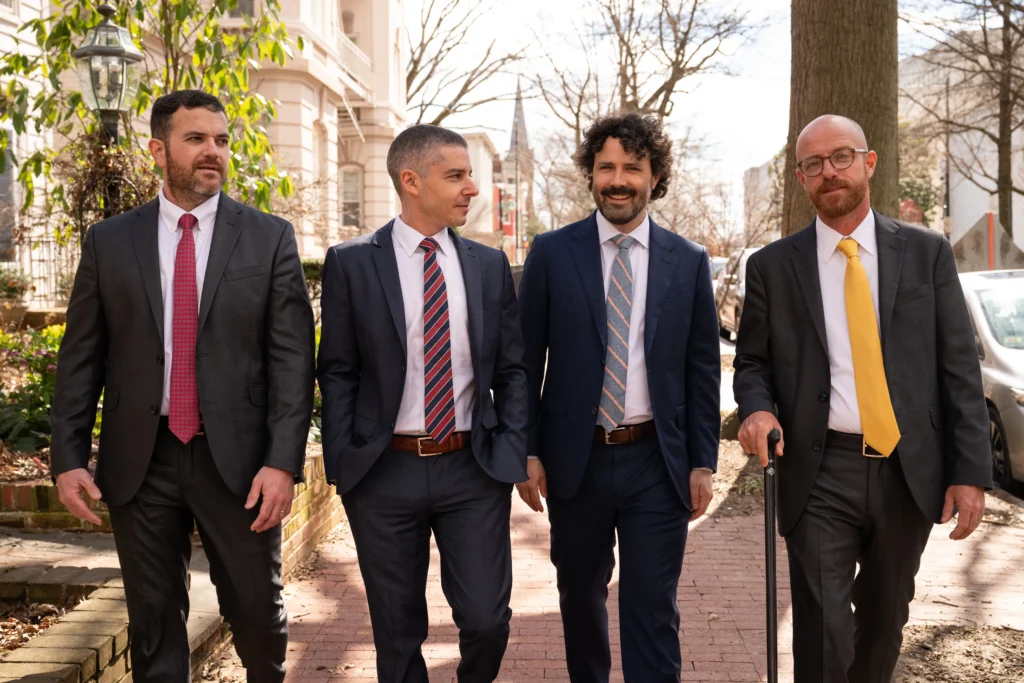
...In Just A Few Clicks.
- "No Win, No Fee" Promise
- Real Trial Attorneys with Real Experience
- Veteran-Owned & Operated
- Always Compassionate & Client-Focused
- Proven Record of Results



